Your shoulder is a complex ball-and-socket joint designed to move your arm through multiple planes of motion. Your shoulder’s diverse mobility allows you to perform a broad variety of movements and tasks, but its vast range of motion makes it the least stable joint in the human body. Because of the complex architecture of the shoulder, pain and dysfunction can stem from multiple sources, making accurate diagnosis critical to successful treatment.
At NYDNRehab, our holistic approach to shoulder pain and dysfunction addresses more than just symptoms – we use advanced technologies and cutting-edge therapies to identify the source of your shoulder pain and eliminate it for good.
Dr. Lev Kalika, DC, RMSK, clinical director of NYDNRehab, has devoted his life’s work to finding innovative and effective ways to treat musculoskeletal pain and dysfunction. In addition to operating his Manhattan clinical practice, Dr. Kalika regularly conducts and publishes research on the use of musculoskeletal ultrasonography in rehabilitative medicine, and has presented his work at multiple international conferences.
Dr. Kalika has developed his own holistic methodology for diagnosing shoulder pain, using high resolution ultrasonography and kinematic motion analysis technology. He studied directly under Dr. Ben Kibler, world-renowned orthopedic surgeon and pioneer of scapular dyskinesis. Dr. Kalika is one of the few experts in the USA trained in scapular (shoulder blade) ultrasonography. His approach to adhesive capsulitis (frozen shoulder syndrome) often delivers groundbreaking results after just the first treatment.
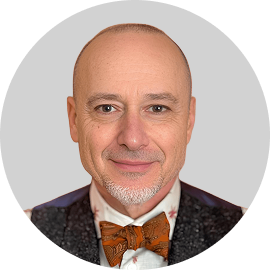
Orthobiologic specialist
Dr. Yuri Brosgol, MD is a neurologist with 20+ years of experience in treating pediatric and adult myofascial pain. As a pioneer in orthobiologics and fascial release techniques,
Dr. Brosgol learned fascial hydro release methodology directly from Dr. Carla Stecco, the world’s leading specialist in fascial science. His expertise in orthobiologic needling procedures under ultrasound guidance means you get safe and accurate treatment that maximizes results.
Together, Dr. Kalika and Dr. Brosgol are revolutionizing the way shoulder pain and injuries are diagnosed and treated. The clinic at NYDNRehab features some of the most advanced technologies and therapies available for shoulder injury rehabilitation.
Joints of the shoulder complex:
The glenohumeral joint’s shallow socket makes it vulnerable to dislocations and subluxations, especially when stabilizing structures are weak, damaged or imbalanced. Stability is provided by the rotator cuff muscles and tendons, the labrum of the glenoid, and ligaments. Fascia also plays a critical role in protecting the shoulder during physical activity, helping to guide and distribute forces via a network of elastic tension.
The rotator cuff is made up of four muscles and their tendons that compress the humeral head into the glenoid fossa, keeping it in place during movement. The infraspinatus, teres minor, subscapularis help to initiate and control shoulder rotation, while the supraspinatus aids in shoulder abduction. The rotator cuff works in concert with the deltoid, trapezius, and pectoralis major to produce smooth, coordinated motion.
Scapular stability is also important for optimal shoulder function. The scapular stabilizer muscles like the serratus anterior and trapezius hold the scapulae in position during movement, to prevent issues like winging or impingement. Multiple bursae provide shock absorption and reduce friction between tissues and bony structures. They also facilitate smooth gliding of the rotator cuff tendons beneath the acromion during arm elevation.
A complex network of neurovascular structures surround and embed the shoulder region, including the brachial plexus that innervates the arm and shoulder, and major blood vessels like the axillary artery and vein. On their path from the neck and chest to the arm, a bundle of major nerves and blood vessels passes through a narrow space beneath the clavicle called the thoracic outlet. In some cases, due to injury or repetitive stress, neurovascular bodies within the thoracic outlet can be compressed, causing pain, numbness and weakness in the arm and shoulder.
The shoulder’s complex architecture and relative instability makes it vulnerable to a broad range of injuries, such as:

Without advanced knowledge of functional anatomy and the ability to visualize the shoulder in motion, it is nearly impossible to arrive at an accurate and comprehensive diagnosis based on symptoms alone. Dr. Kalika’s 20+ years of experience in diagnostic ultrasonography takes the guesswork out of shoulder diagnosis, meaning patients get the most appropriate treatment necessary for fast and effective recovery.
Diagnosis of shoulder pathology typically relies on reported symptoms, findings from a clinical exam, and testing for strength and range of motion. While that approach can help to narrow down possible causes, it may overlook critical aspects of your injury, resulting in mistreatment, prolonged pain, and excess medical costs.
At NYDNRehab, we use high-resolution diagnostic ultrasound to view your shoulder in real time, enabling us to:
In addition to high-resolution imaging, our ultrasound gives us capabilities for sonoelastography to gauge muscle and tendon stiffness, and superior microvascular imaging to detect early signs of healing and monitor patient progress. Your ultrasound exam takes place on your very first visit, in the comfort of our clinic. Quick and accurate diagnosis means you can begin therapy right away, with no wait time for lab results.
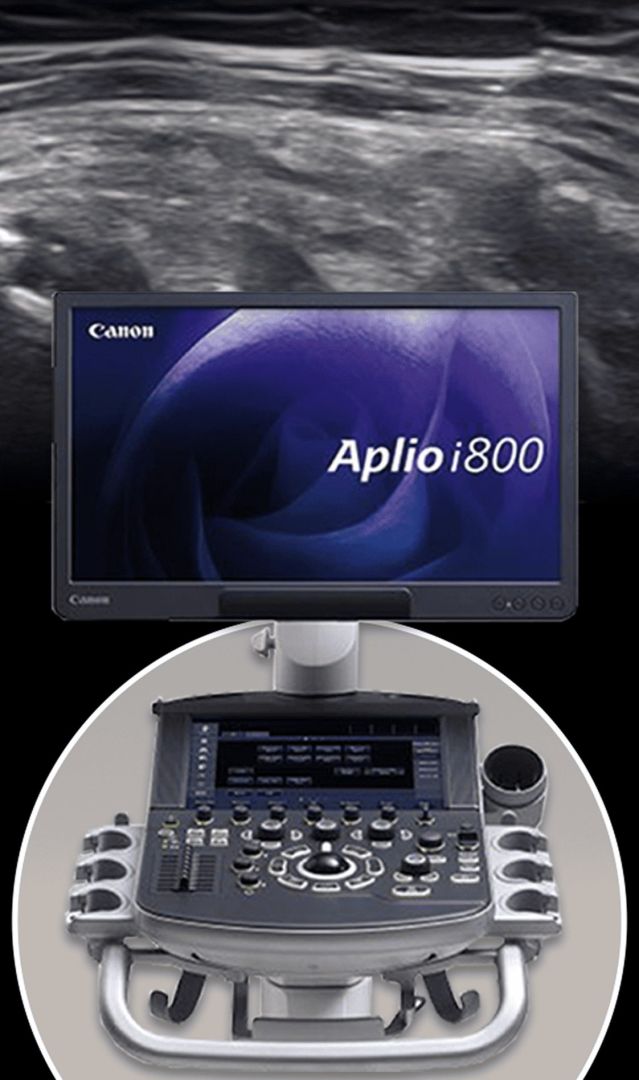
The complexity of the shoulder region makes it difficult to identify the exact source of shoulder pain and dysfunction, and in many cases, multiple factors come into play. High resolution ultrasound imaging provides an advanced and effective diagnostic tool, especially when coupled with new technologies that dramatically enhance visualization and facilitate shoulder rehabilitation.
ShowMotion is an objective tool for joint movement analysis that uses motion tracking sensors, placed on the patient’s skin to collect data about movement quality. The patient performs a series of joint-specific movements, and the data is analyzed by ShowMotion’s proprietary software. The collected information provides valuable insights about inefficient muscle recruitment patterns, compensation patterns, and improvements in response to therapy, enabling practitioners to personalize shoulder rehabilitation.
The Neuralign Shoulder Pacemaker is a shoulder rehabilitation device with a kinematic sensor activated by movement. The patient dynamically interacts with the device to stimulate efficient muscle recruitment patterns, enhance movement quality, and restore optimal muscle balance during rehabilitation. The sensor provides objective data that practitioners can use to support decision-making and personalize shoulder rehabilitation.
The Shoulder Pacemaker can be used to target common shoulder conditions:
The Shoulder Pacemaker is also a cutting-edge tool for enhancing athletic performance in shoulder-intensive sports like swimming, tennis, baseball and others.
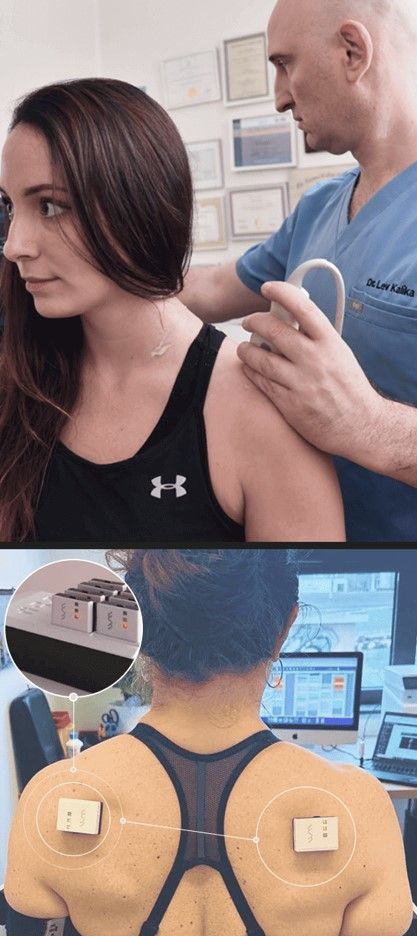
High-resolution ultrasound is an important tool for observing scapular movement relative to the humeral head of the shoulder joint. Combining scapular ultrasound with ShowMotion technology provides substantial information for comprehensive shoulder rehabilitation.
The scapula compensates for shoulder instability by acting as a stable base for the glenoid fossa, to optimize positioning of the humeral head. Dynamic scapular stabilization requires well-coordinated muscle activation patterns, especially of the rotator, deltoid, trapezius and rhomboid muscles. Scapular dysfunction can increase strain on the rotator cuff and labrum, contributing to pain and instability.
Dynamic scapular imaging lets us observe the complex interactions of the shoulder girdle kinetic chain, to pinpoint issues such as deficiencies in muscle activation, glenohumeral joint subluxation, and capsular laxity that contribute to shoulder instability. For JHS/EDS patients, scapular ultrasound can be a game-changer, ensuring they receive proper rehabilitation that enhances stability after a shoulder dislocation.
According to Dr. Kalika, shoulder pain is too often mismanaged, focusing on the rotator cuff while ignoring the scapula. Physical therapy is most effective when the structural integrity of the scapular muscles and nerves is restored. Unless the shoulder girdle/neck complex is addressed holistically, therapies targeting the rotator cuff deliver only mediocre results. However, few physical therapists know how to approach chronic shoulder blade pain and scapular dyskinesis.
As a life-long learner, Dr. Kalika keeps up-to-date with the latest therapeutic approaches and technologies. He frequently participates in international workshops and conferences, where he rubs elbows with some of the world’s most renowned orthopedic specialists in shoulder pain and scapular dyskinesis.
Rotator cuff tendinopathy
Shoulder bursitis
Impingement of tendons, bursae, nerves and blood vessels
Labral cartilage ruptures
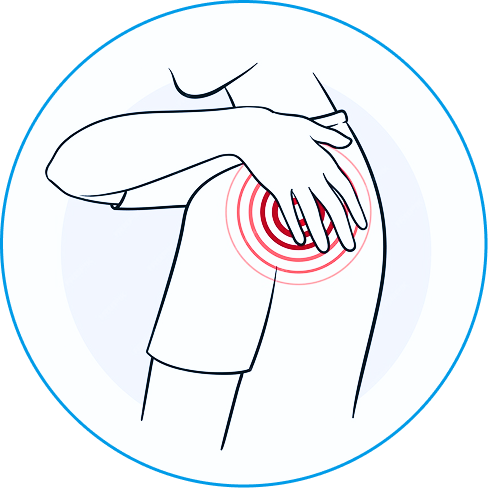
Shoulder instability
Frozen shoulder syndrome
Shoulder osteoarthritis
Postural issues that contribute to shoulder pain
Scapular pain and dyskinesis
Physical therapy is a valuable and effective tool for restoring pain-free mobility after an injury, but it does not provide a stand-alone solution. We first need to address damaged muscle and connective tissues, myofascial dysfunction, and proprioceptive deficits that can lead to reinjury. At NYDNRehab, we pretreat your damaged tissues to accelerate healing and restore biotensegrity before introducing weight-bearing activities.
Your prehab protocol may include:
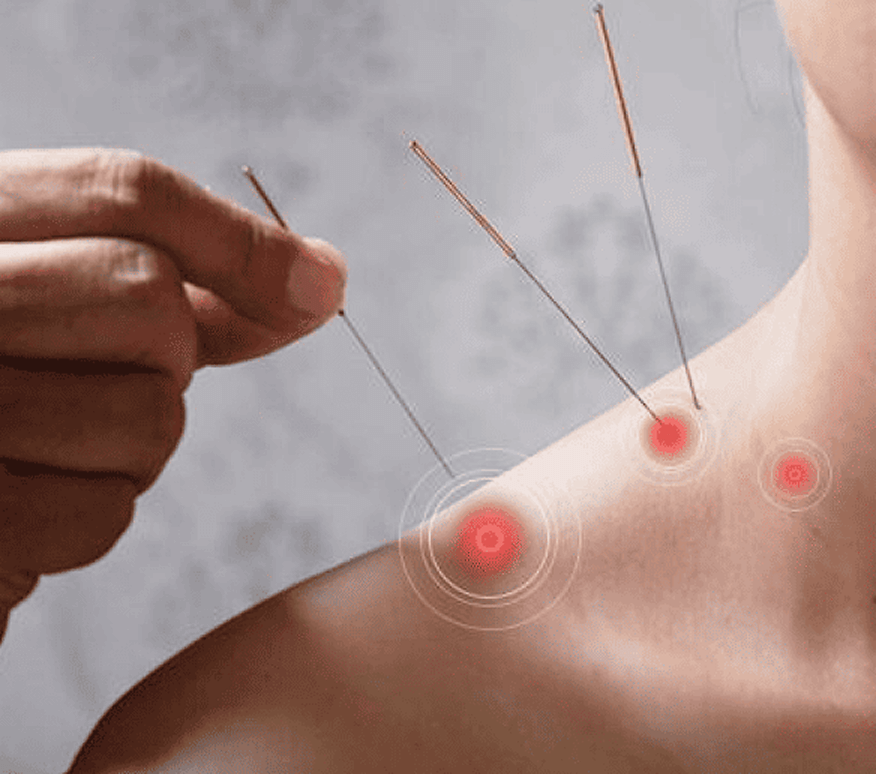
We monitor your response to prehab with high-resolution ultrasound, to ensure all interventions have their intended effects. Once we are satisfied that your tissues are ready to tolerate force loads, we can begin a progressive protocol of personalized, one-on-one physical therapy.
Orthobiologic injection therapies use natural/neutral solutions, injected with precision under ultrasound guidance. The injected solutions stimulate cellular repair by either nourishing or irritating the targeted cells, triggering a regenerative response. However, orthobiologics are not a stand-alone solution – they only address tissue biology, but cannot restore functional mechanics.
At NYDNRehab, we incorporate orthobiologics as part of our multimodal treatment strategy. Our holistic approach optimizes results and speeds recovery, so you can quickly return to play.
Multiple factors make orthobiologic procedures at NYDNRehab superior to other clinics:
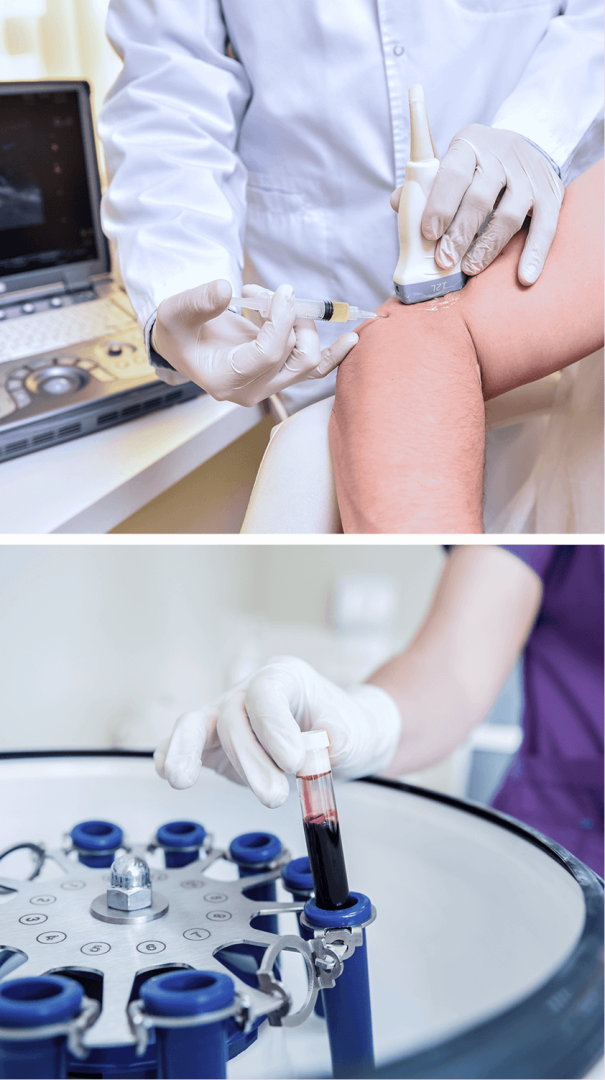
We specialize in scapular and shoulder injuries, treating swimmers, hockey players, and overhead athletes in sports like tennis, baseball and volleyball. Our unique Prolotherapy procedures for the shoulder and scapula are not available anywhere else in NYC. Read our case study to learn more about our unique approach to shoulder injuries.
Dr. Kalika’s expertise in diagnostic ultrasound combined with Dr. Brosgol’s skill in needling procedures ensure that your orthobiologic therapy has maximal impact on the targeted tissues.




At NYDNRehab, we treat the whole patient, not just your symptoms. We never use one-size-fits-all rehab protocols or standardized recovery timelines. We believe that every injury is unique, and treatment should be based on the patient’s unique profile.
The average physical therapist is unfamiliar with regenerative therapies and their proper use. When applied incorrectly, results can range from disappointing to disastrous. Many patients pay for regenerative procedures, only to have their effects undone by physical therapy.
At NYDNRehab, we set a high bar for regenerative therapies and orthobiologic procedures. Guidance by high-resolution ultrasound ensures that the therapies and solutions are delivered precisely, maximizing their effectiveness. We only begin physical therapy once we are certain that your tissues are healed and ready to bear loads.
Once we have successfully pre-treated your damaged tissues, we can begin one-on-one physical therapy to restore strength and stability, optimize mobility, and re-establish optimal neuromuscular pathways and muscle coordination patterns.

Every baby is born with internal software that governs the development of functional movement patterns during early childhood. Shortly after birth, a young infant begins to follow a developmental pathway that starts with head lifting and progresses through various stages to upright walking. But developmental movement patterns learned early in life are sometimes disrupted later on due to injury, repetitive overuse or disease.
DNS is a holistic treatment approach that taps into your primal developmental software to help restore efficient movement patterns and optimize pain-free shoulder function. Every joint in your body depends on local stabilizing muscles, tendons and ligaments, as well as coordination of both local and distal muscles, to maintain a neutral position of the humeral head in its socket. As a highly mobile joint, the shoulder relies heavily on both local and global stabilizers to assist in force transfer while protecting shoulder architecture.
The shoulder is a complex anatomical unit made up of 3 bones (scapula, clavicle and humerus), and four joints – sternoclavicular, acromioclavicular, scapulothoracic and glenohumeral. There are 17 muscles affecting the scapula, 5 muscles affecting the clavicle, and 10 ligaments holding the humeral head in its socket. To generate and transfer forces during physical activity, optimal shoulder function requires all of these structures to work together in coordinated patterns.
Many trainers, therapists and chiropractors spend their time trying to restore the function of individual muscles, rather than focusing on coordinated movements with the shoulder in a properly centrated position. Dynamic neuromuscular stabilization helps to optimize shoulder function by correcting joint misalignment and restoring coordinated muscle recruitment patterns that have been lost over time.

Conventional treatment of shoulder pathologies often involves rest, anti-inflammatory drugs, NSAIDs, physical therapy exercises, steroid injections and surgery. However, conventional approaches often fall short of restoring full functionality, especially for athletes and physically active patients.
Advancements in technology are changing the game in rehabilitative medicine, enabling us to accelerate healing and restore performance at an unprecedented pace. The clinic at NYDNRehab features some of the most advanced therapeutic equipment currently available, and rarely found in private clinics.
Your shoulder therapy may involve the use of high-tech equipment:

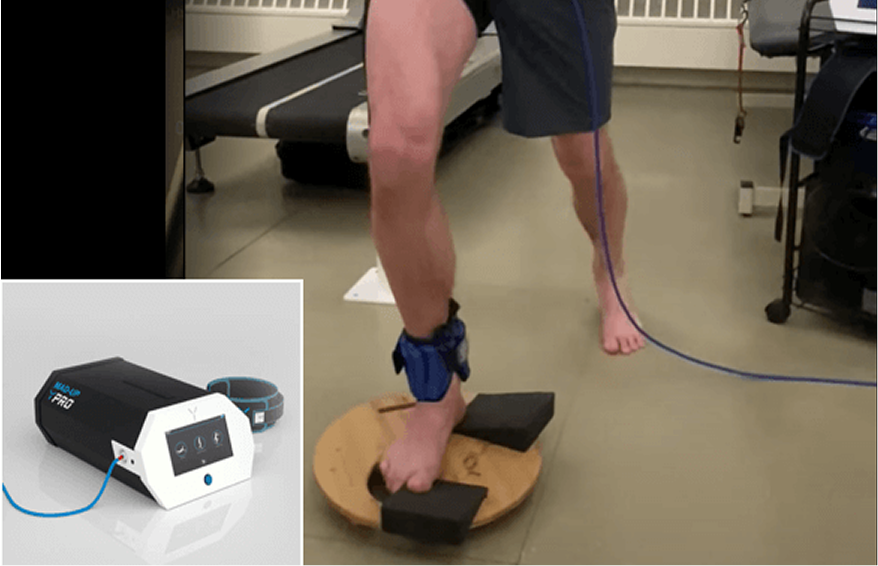
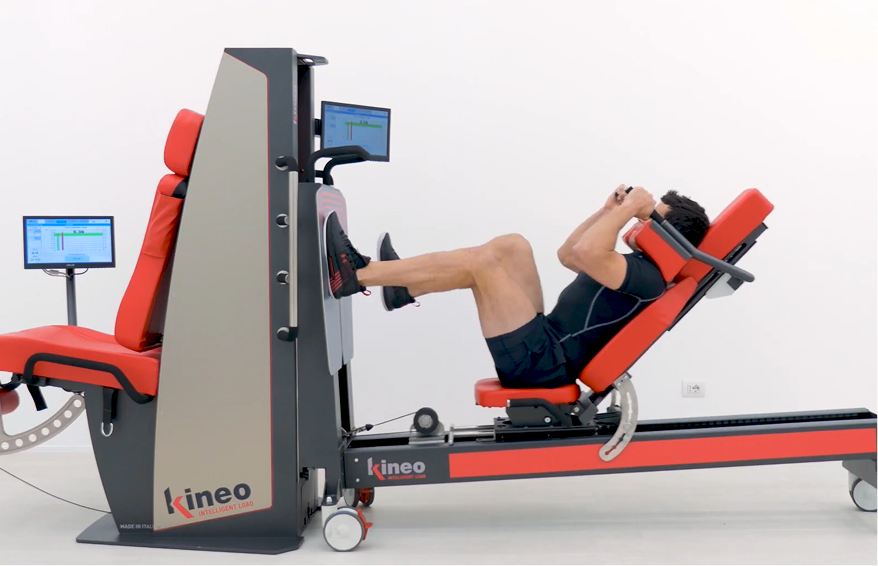
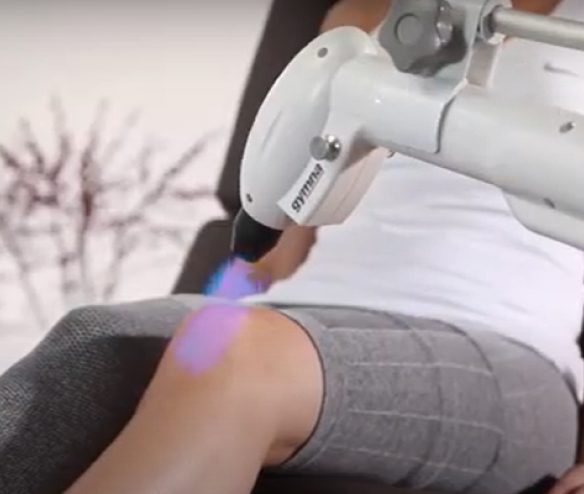
Our team of sports medicine professionals will develop a personalized treatment protocol for you, based on the specifics of your injury. In addition to restoring shoulder strength and range of motion, we use specialized technologies to retrain the brain-body connection, to restore optimal muscle recruitment patterns that are often disrupted after an injury. Neuromuscular feedback training helps our athletes to return to sport safely and confidently, with reduced risk of re-injury.

Conventional medicine attempts to treat and manage shoulder pain symptoms before sending the patient to physical therapy. Corticosteroid injections are often used to relieve shoulder pain, but repeated treatment with steroids can increase your risk of rotator cuff injuries. Patients often suffer through multiple rounds of steroid injections, narcotic pain medications and even surgeries before they finally come to NYDNRehab for help.
The causes and symptoms of shoulder pain can vary greatly from one patient to the next, and each case requires a specialized treatment approach. We provide one-on-one Physical Therapy, custom-designed for the individual patient. We use high-tech diagnostic tools and integrative treatment approaches to get to the root cause of your shoulder pathology and eradicate it for good.
Don’t waste your time and money on treatments that don’t optimize shoulder mobility and stability – contact NYDNRehab today, and get the best shoulder pain treatment in NYC!